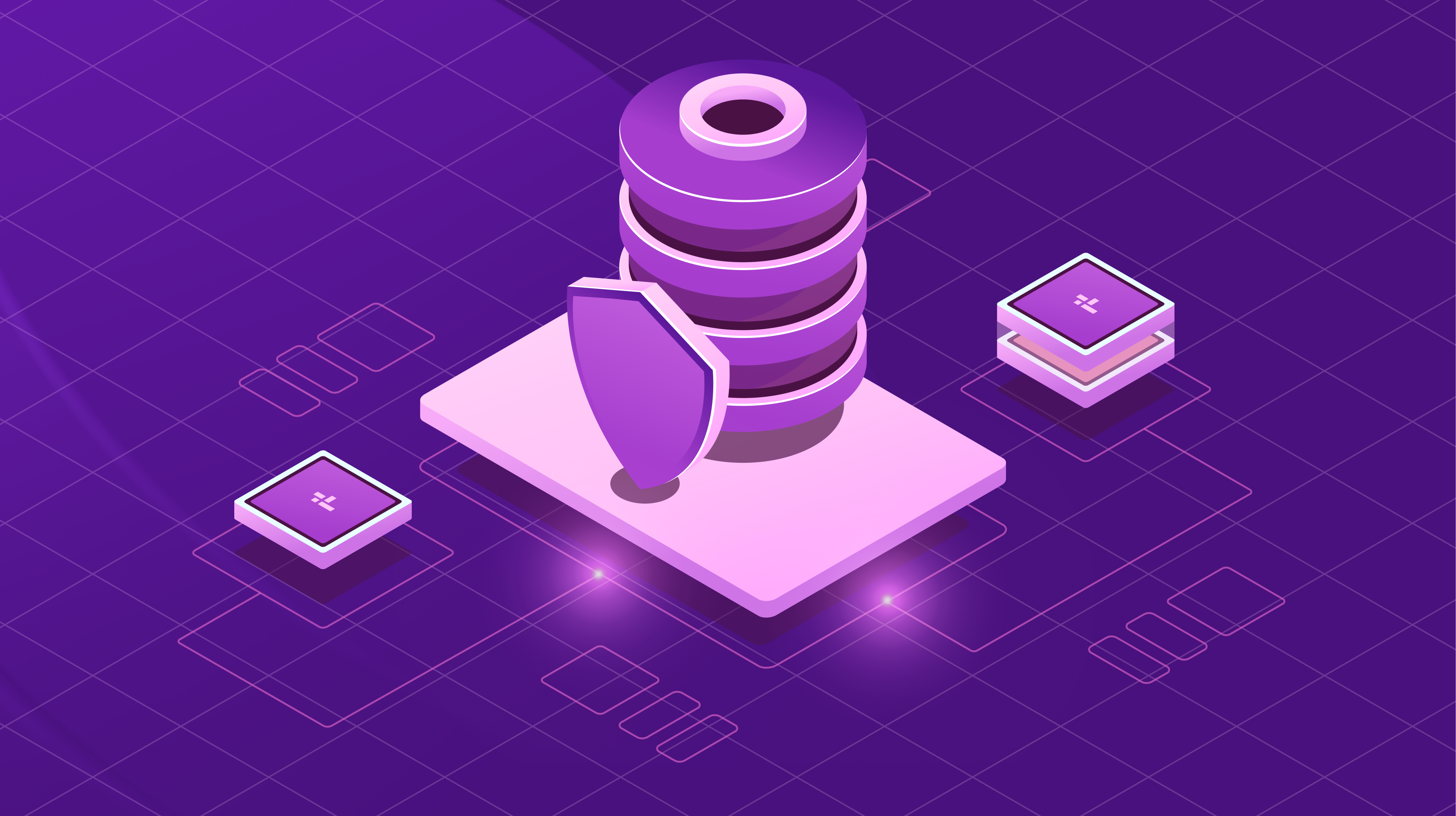How to Recover from Ransomware?
In 2023, a global ransomware trend report revealed a sharp increase in attacks, affecting 85% of companies. These incidents seriously endanger businesses by compromising their most vital asset: data. A composed and well-planned recovery plan is crucial to prevent data loss effectively.
Whether you’re a backup admin, an IT Leader, or a Security Architect, find a comprehensive roadmap to navigate the aftermath of any ransomware incident, ensuring readiness and confidence in the face of cyber adversity.
Stay Calm After A Ransomware Attack
In a ransomware crisis, remaining composed is crucial for effective decision-making. A calm approach enables a structured response, minimizing errors under stress to get your encrypted files back immediately.
Tips for Staying Composed to Recover Your Data
- Pause and Assess: Calmly evaluate the situation before acting.
- Assemble Your Team: Quickly form a response team for a coordinated effort.
- Avoid Hasty Decisions: Resist the urge to pay the ransom, as this doesn’t always guarantee data recovery.
- Consult Experts: Seek advice from cybersecurity experts for the best ransomware recovery plan.
- Clear Communication: Regularly update all stakeholders to avoid misinformation.
- Plan Your Response: Focus on developing a disaster recovery strategy rather than dwelling on the attack.
Document the Attack for Swift Ransomware Recovery
Documenting a ransomware attack is a vital first step in the recovery process. It involves gathering evidence crucial for understanding and responding to the incident to recover data.
Importance of Documentation as Part of Recovery Plan
- For Law Enforcement: Report the attack for investigations.
- Aiding Recovery: Helps cybersecurity experts formulate a recovery approach.
- Insurance Claims: Crucial for processing cyber insurance claims.
- Learning from the Incident: Assists in post-attack analysis for enhanced future security.
Isolate the Infected Systems After a Ransomware Incident
Quickly isolating infected systems is essential to contain the ransomware attack and prevent further damage. This proactive measure helps in limiting the spread within the network.
Effective Isolation Tactics for System Restore
- Disconnect from Networks: Sever all network connections immediately.
- Quarantine Devices: Isolate infected devices to halt further spread.
- Shutdown Non-Essential Systems: Power down systems not critical to operations.
- Inform IT Teams: Alert your IT or cybersecurity team for prompt action.
- Retain Forensic Data: Keep systems on to preserve forensic evidence if feasible.
- Evaluate Unaffected Resources: Identify systems and data not compromised for recovery planning.
Management of System Operations in a Ransomware Recovery Plan
After isolating the infected areas, attention must turn to managing the remaining systems. Keeping essential operations running while minimizing risk is critical to business continuity.
Handling Ransomware Encrypted Files: Key Management Steps
- Pinpoint Critical Systems: Prioritize securing vital business operation systems.
- Deactivate Compromised Functions: Temporarily disable potentially affected operations.
- Secure Data Backup: Immediately back up data from safe systems.
- Upgrade Security Measures: Strengthen security on operational systems.
- Monitor Network Traffic: Be vigilant for unusual activity indicating further issues.
- Develop a Business Continuity Plan: Formulate a strategy to maintain critical operations.
Protect Backup Data From Ransomware Infection
Protecting your backup data is critical to recover from a ransomware attack. Ransomware backup protection can differentiate between a swift recovery and a prolonged crisis.
Backup Data Protection: Best Practices for Ransomware Prevention
- Ensure Backup Integrity: Confirm that backups are uncorrupted and complete.
- Isolate Backup Systems: Detach backups from the network to strengthen ransomware protection.
- Control Access: Restrict backup data access to essential personnel.
- Maintain Regular Backups: Follow a consistent data backup schedule.
- Use Varied Backup Methods: Combine on-site and cloud backups for robust coverage.
- Regular Backup Testing: Frequently test recovery processes for reliability.
- Adopt Immutability: Implement immutable backups to save your data integrity.
Identify the Strain in the Event of a Ransomware Attack
Identifying the ransomware strain is required for tailored recovery efforts. It helps in understanding the attack’s nature and informs the recovery strategy.
Strain Identification Measures for Quick Ransomware Data Recovery
- Analyze the Ransom Note: Look for specific ransomware identifiers or names.
- Utilize Identification Tools: Apply online tools for ransomware-type identification.
- Seek Expert Help: Consult with cybersecurity experts for accurate identification.
- Conduct Online Research: Investigate ransomware characteristics on cybersecurity forums.
- Compare Strains: Match the attack’s features with known ransomware variants.
- Document Insights: Record all findings to aid recovery and future security planning.
Strengthen Cybersecurity Measures to Protect Sensitive Data
Strengthening your cybersecurity measures post-attack is vital to prevent and recover from ransomware. Enhancing data security protocols and practices aids in building a more resilient ransomware defense.
Cybersecurity Enhancement Guide to Prevent Ransomware
- Regular Software Updates: Keep all security software up-to-date.
- Robust Access Controls: Implement stronger passwords and multi-factor authentication.
- Train Employees: Conduct regular staff training on cybersecurity best practices.
- Perform Security Audits: Regularly audit systems to identify and address vulnerabilities.
- Update Response Strategies: Revise your incident response plans incorporating recent attack insights.
- Segment Your Network: Divide your network to limit potential attack spread.
- Reevaluate Backup Strategies: Continuously review and improve backup approaches to stay ahead of emerging threats.
Recover From Ransomware Attacks in No Time
Effectively combating ransomware relies on preparedness, swift response, and ongoing refinement of security protocols to get your data back. While no system can be impervious to prevent ransomware, having robust, immutable backups is your best defense.
Ransomware-proof and immutable out-of-the-box, Ootbi by Object First delivers secure, simple, and powerful backup storage for Veeam customers.
Request a demo and see how Ootbi can safeguard your company from data breaches!



